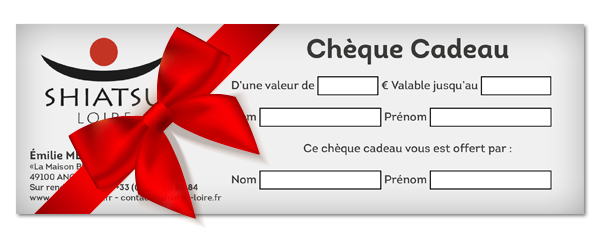
You also have the possibility to do a pick up order by calling and taking an appointment +33 (0)7 83 80 88 84, the payment can be done there then.
Pregnant women often need relief from common complaints such as constipation, back pain and feelings of sluggishness. Shiatsu treatments are well-suited to such ailments during pregnancy. Because the energy system of a pregnant woman is unstable, especially during the first three months, it is best to abstain from treatments in the early months of a pregnancy.
Shiatsu and zone therapy approach a patient as a whole being by stimulating the person’s energy source. The treatments can be used to address just about any type of ailment, except in cases where it is determined best to withhold treatment.
A chronic illness often develops when the foundations of a person’s health are damaged in some way. Shiatsu is an effective method for strengthening this foundation. Although it may be difficult to cure a long-term illness, the treatment will attack the root of the disease, alleviate symptoms and prevent worsening of the disease.
The treatments are suitable for anyone, regardless of age, who wishes to develop and maintain a level of physical, psychological and emotional well-being. A child’s energy system isn’t yet totally stable, so a child’s treatment is typically shorter.
Try to be:
On an emotional level it is unnecessary to believe that the treatment is “working.” Just try to maintain a neutral state of mind. This will help enable the free flow of information within you, and in turn allow you to experience any new dialog or understanding between the different parts of your being.
An essential oil consists of concentrated plant juices from flowers, blades, barks, seeds and fruits, etc. that are obtained through distillation or pressing. The essential oils are rich in active substances and contain living molecules that vary tremendously from oil to oil. Each essential oil has specific consistencies and qualities. The oils are 100 to 10,000 times more concentrated and powerful than in plant form. They are nature’s living energy! Although essential oils come from nature, they are by no means harmless, and should be used with care.
The purity of an essential oil depends more or less on its origins and derivation technique. It is important to choose oils that are used for therapeutic purposes. The oils should be chosen according to the following criteria, which should be listed on the bottle:
Oils can be used externally, internally or through inhalation. Some essential oils can have the following harmful properties: liver- and nerve-poisoning, abortion induction, photosensitization and skin irritation. In order to ensure essential oils are used in the safest and most effective way, it is important to consult a trained aromatherapist.
No, essential oils should never be dropped directly into bath water. Essential oils don’t dissolve, and float instead to the water’s surface. Because they are merely related to fats, and human skin is composed of fats, an essential oil can cause severe irritation if it comes into direct contact with the skin. It is best to mix the oil with a base to ensure it dissolves, or to use a bath product containing essential oils.
Yes, but such effects are quickly forgotten and pale in comparison to the benefits of the treatment. As with all types of treatment, the following day a patient may experience a little tiredness or even a temporary worsening of symptoms. The absence of a reaction by no means suggests the treatment was ineffective.
Each treatment method is based on an energy diagnosis. Treatments therefore vary and can change periodically depending on how the body reacts and how health needs develop and change.
Yes, after consultation with your doctor to rule out any reasons why shiatsu might not be a suitable form of treatment for you. Shiatsu and reflexology will in fact work in conjunction with your medications to strengthen your natural defenses, and to help your body tolerate and assimilate your medicines more easily. Remember, however, that a person should under no circumstances stop taking medicine during shiatsu treatments without a doctor’s permission.
Reflexology cannot be administered in cases where a patient has been diagnosed with phlebitis (vein inflammation).
If you would like to get products from Les Laboratoires Herbolistiques you can order here, then you can add this practitioner code 49014 to your order to get free shipping.